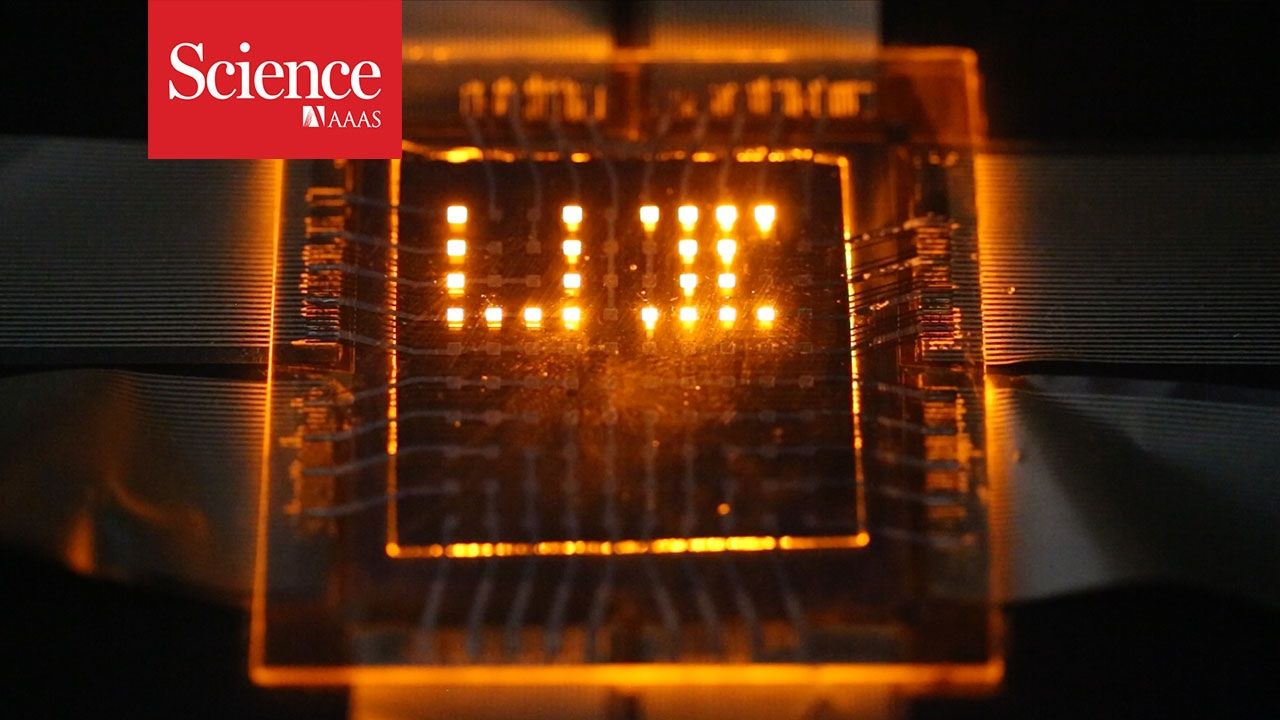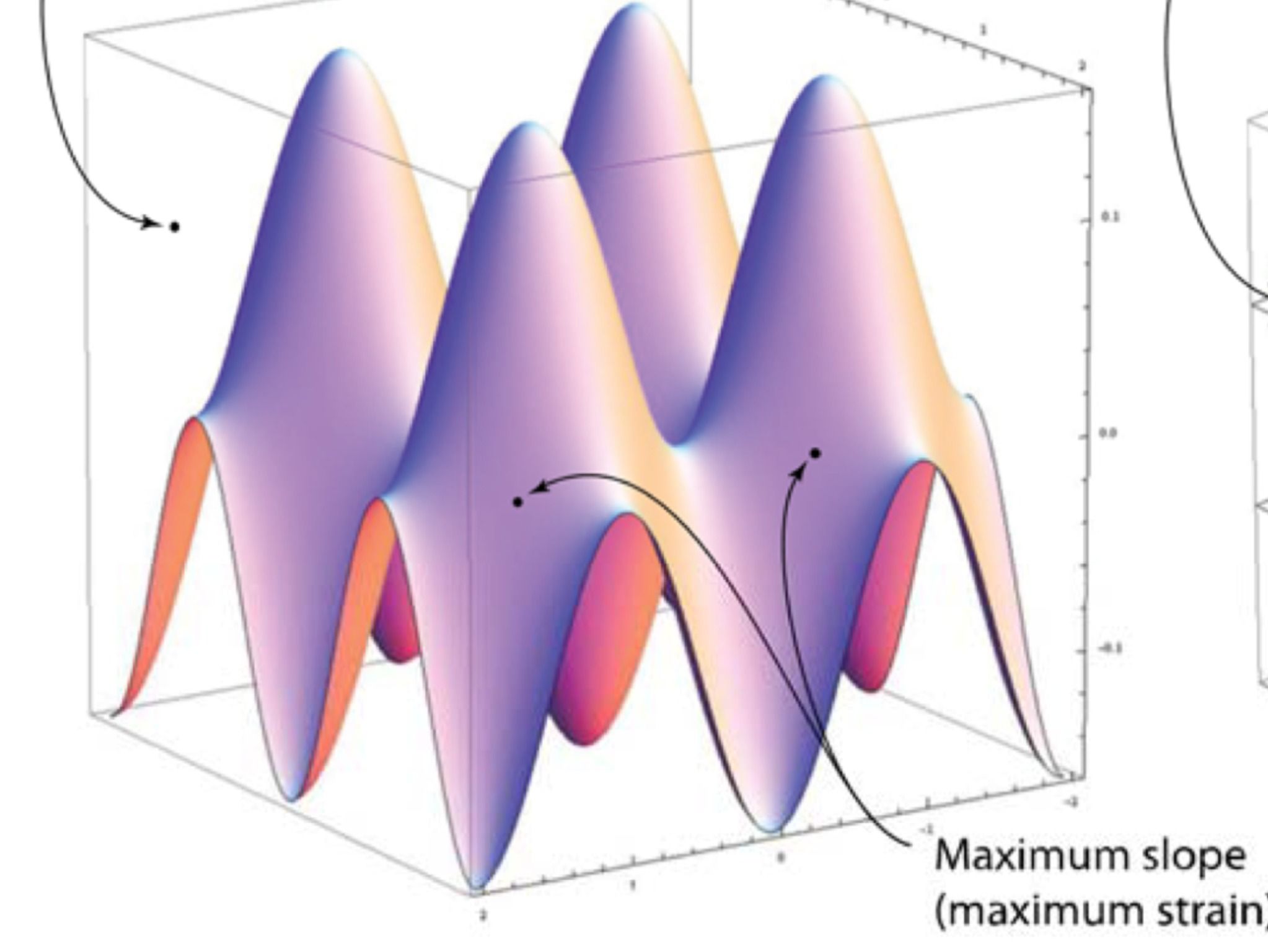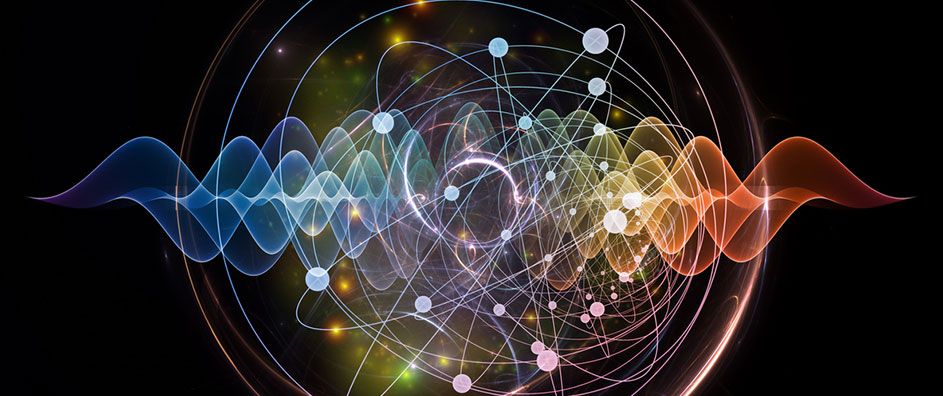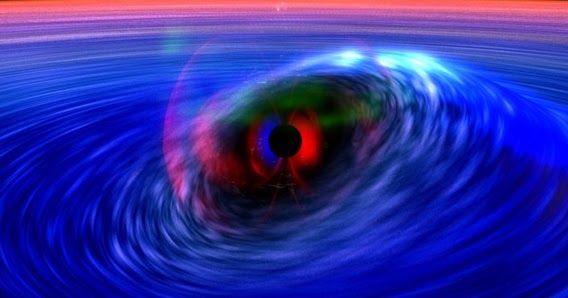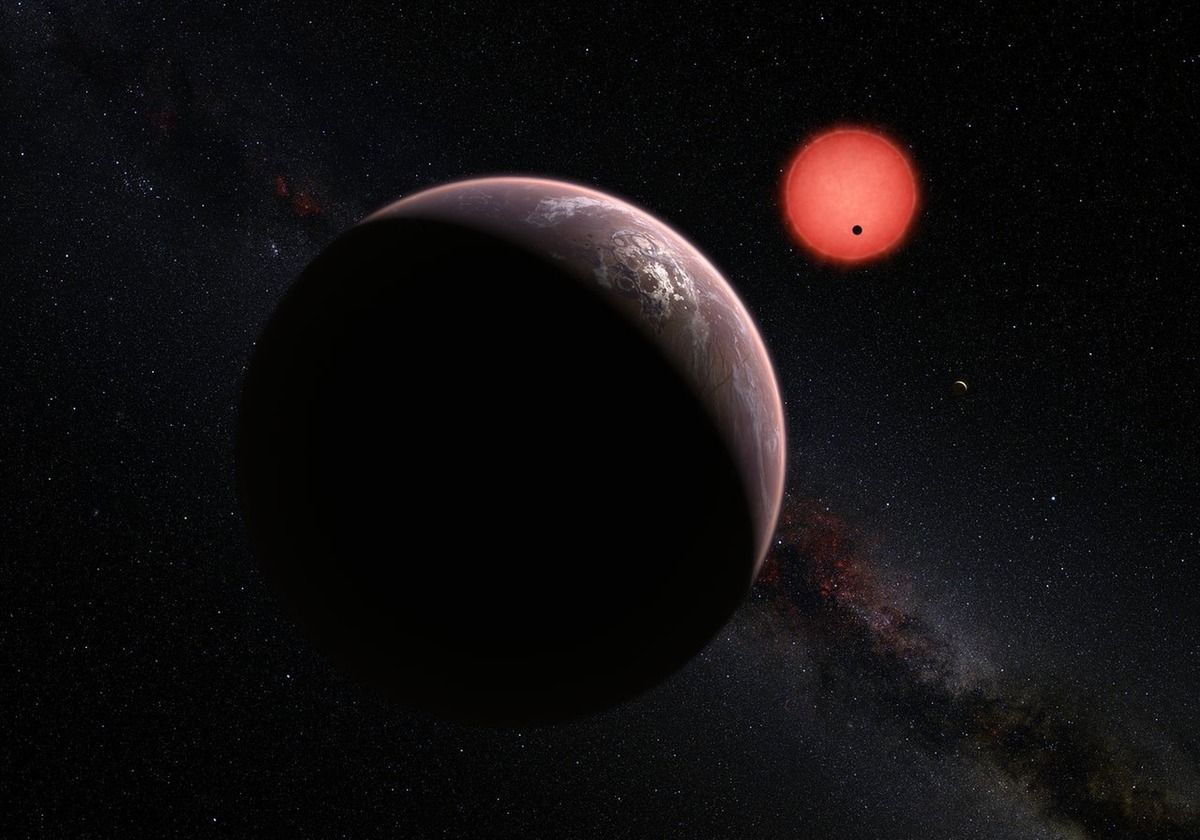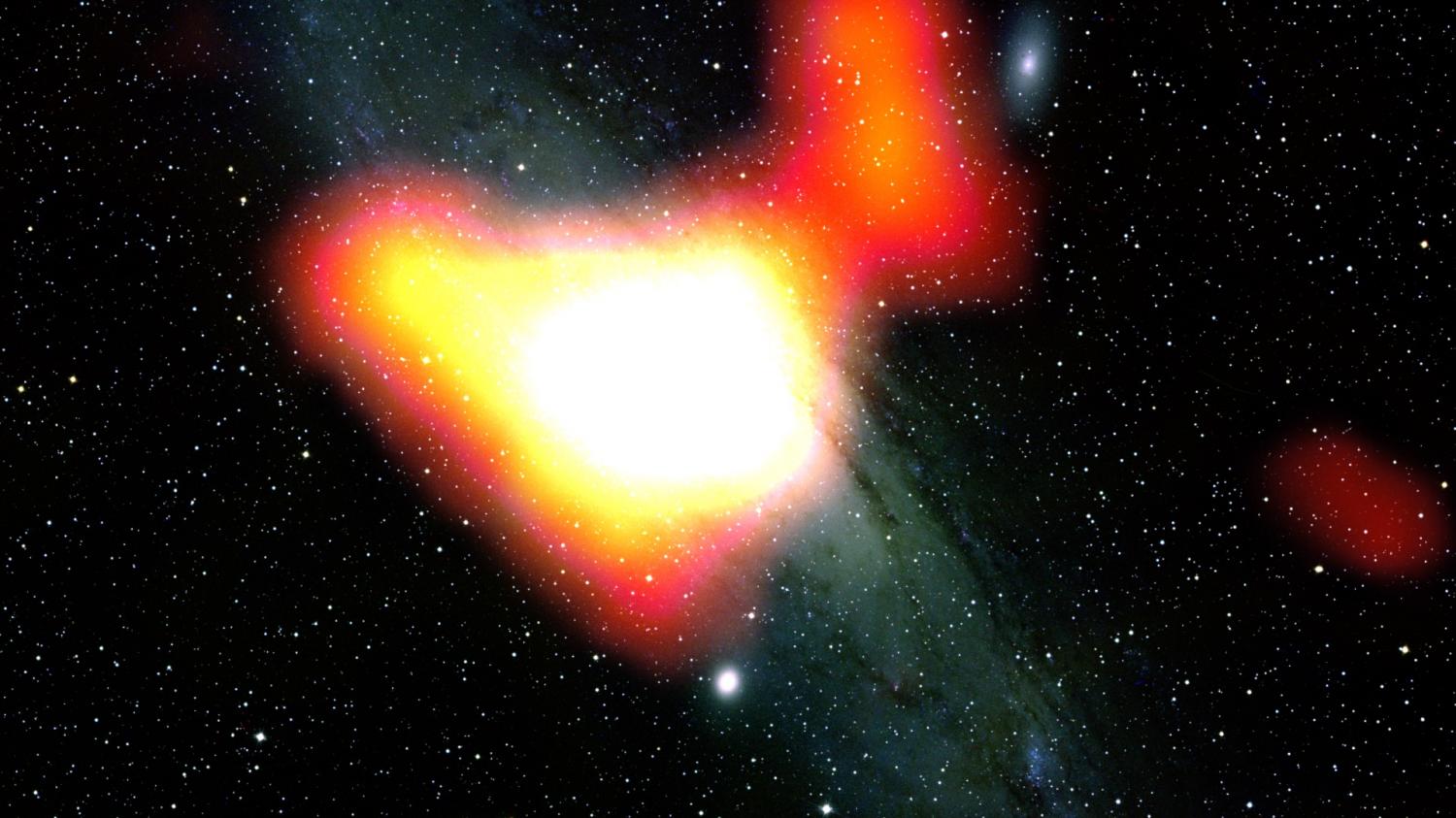Page 10191
Feb 26, 2017
Resolution Of Largest Numerical Discrepancy In All Of Physics
Posted by Karen Hurst in categories: information science, particle physics, quantum physics
We can even use a vacuum to explain how Quantum is in all things while solving one of the remaining discrepancies in physics.
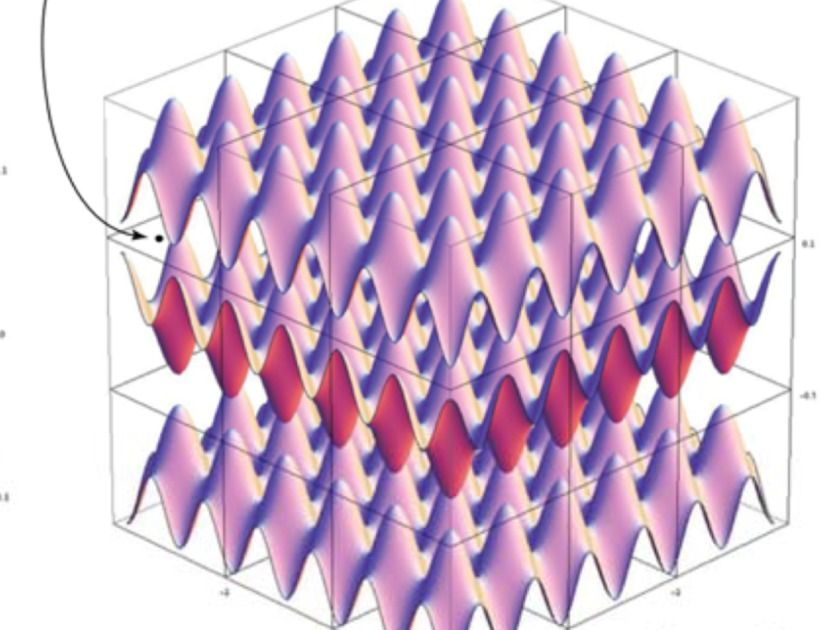
In the observable universe, number of particles are estimated to be 1080 and if there were some discrepancy in Physics with the explanations of the observable universe or with its each particle then it should confine to factor 1080. I submit that 1080 is a huge figure that forms if one puts eighty zeros after 1. But if the discrepancy is of the factor 10120 then either it is beyond the total number of particles constituting the universe or the physicists might have gravely erred in their calculations. It might be a freak happening that resulted in such a huge quantity. After all, freaks are also the creations of nature or probably the nature itself has erred here. This discrepancy of 10120 is the largest and worst cosmological confusion which can be abbreviated CC and rightly so for cosmological constant as it is the cosmological constant based on Quantum mechanical model. Quantum mechanical model says, energy density of the vacuum is in the range of 10113 Joules per metre cube whereas General Relativity calculates it in the range of 10^−9 Joule per metre cube. An attempt is made to resolve this discrepancy using Spacetime transformation and gravitational gamma Г. Gravitational gamma Г is a term that appears in Schwarzschild solution of general relativity equations.
I submit that vacuum is not nothing but is everything and quantum mechanical model of the vacuum has very large energy density. In the words of John Archibald Wheeler, “Empty space is not empty… The density of field fluctuation energy in the vacuum argues that elementary particles represent percentage‐ wise almost completely negligible change in the locally violent conditions that characterise the vacuum.” That means there are violent conditions or fluctuations although vacuum on large scale appears smooth. Spacetime model has the capability of creating matter, forces, fields and particles. In fact, matter even the entire universe is assumed as spacetime as has been explained in my earlier article, “Matter Is No More Than Fluctuations In Vacuum*.”
Continue reading “Resolution Of Largest Numerical Discrepancy In All Of Physics” »
Feb 26, 2017
China claims our to-be-delivered F35s are already obsolete
Posted by Karen Hurst in categories: military, quantum physics
Should the US be concerned when China tells us that our F35s are already obsolete to their own next generation fighter jets now that China has their new radar capability that can detect stealth technology 100 km away?
CHINA claims it has a radical new ‘quantum’ radar capable of detecting stealth fighters at great distances. Does this mean our ultra-expensive new F-35 is obsolete, even before we get it?
The RAAF’s first F-35’s will be making their debut Australian appearance at the Avalon air show this week. It’s not a combat-capable aircraft, yet, though the first partially operational US squadron of the type was deployed to Japan earlier this year.
Continue reading “China claims our to-be-delivered F35s are already obsolete” »
Feb 26, 2017
Quantum Mechanics, Modern Physics and the Baha’i Teachings
Posted by Karen Hurst in categories: education, quantum physics, singularity
On route to Singularity with Bahai.
When I reflect on the Baha’i teachings, which stunningly prefigure many of the discoveries of modern physics, I see an interesting pattern.
As a physicist, I’ve noticed that most of the clearest scientific expressions and explanations in the Baha’i teachings come from the writings and talks of Abdu’l-Baha. Looking carefully, those explanations usually trace back to the original concept provided by Baha’u’llah. However, ultimately Abdu’l-Baha seems uniquely capable of pulling these concepts out, explaining them in clear, modern language, and rendering them intelligible to us—or at least to me.
Continue reading “Quantum Mechanics, Modern Physics and the Baha’i Teachings” »
Feb 26, 2017
Quantum Computing with Spacetime Curvature?
Posted by Karen Hurst in categories: computing, quantum physics
General Relativity and quantum theory, the two pillars of modern physics, although notoriously difficult to reconcile, may beautifully work together, as a new paper suggests. Moreover, the spacetime curvature and twisting create, manipulate and communicate quantum information encoded in light.
Feb 26, 2017
What Is NASA’s Big Exoplanet Announcement About? A Few Theories
Posted by Saúl Morales Rodriguéz in category: space
Feb 26, 2017
Holographic Atomic Memory Produces Photons On Demand
Posted by Saúl Morales Rodriguéz in category: computing
WARSAW, Poland, Feb. 10, 2017 — A device that is able to generate single photons on demand in groups of several dozen or more could help scientists overcome one of the fundamental obstacles facing the construction of quantum computers.
Feb 26, 2017
Optical Diffusers Improve Definition, Viewing Angle for 3D Holograms
Posted by Saúl Morales Rodriguéz in category: holograms
A wavefront-shaping technique has been used to create a dynamic 3D holographic image with a viewing angle of 35 degrees in a volume of 2 cm in length.
Feb 26, 2017
Fermi finds possible dark matter ties in Andromeda galaxy
Posted by Saúl Morales Rodriguéz in categories: cosmology, particle physics, space travel
NASA’s Fermi Gamma-ray Space Telescope has found a signal at the center of the neighboring Andromeda galaxy that could indicate the presence of the mysterious stuff known as dark matter. The gamma-ray signal is similar to one seen by Fermi at the center of our own Milky Way galaxy.
Gamma rays are the highest-energy form of light, produced by the universe’s most energetic phenomena. They’re common in galaxies like the Milky Way because cosmic rays, particles moving near the speed of light, produce gamma rays when they interact with interstellar gas clouds and starlight.
Surprisingly, the latest Fermi data shows the gamma rays in Andromeda—also known as M31—are confined to the galaxy’s center instead of spread throughout. To explain this unusual distribution, scientists are proposing that the emission may come from several undetermined sources. One of them could be dark matter, an unknown substance that makes up most of the universe.
Feb 26, 2017
New metamaterial is proved to be the world’s first to achieve the performance predicted by theoretical bounds
Posted by Saúl Morales Rodriguéz in categories: materials, transportation
In 2015 UC Santa Barbara mechanical engineer and materials scientist Jonathan Berger developed an idea that could change the way people think about high-performance structural materials. Two years later, his concept is paying research dividends.
In a letter published in the journal Nature, Berger, with UCSB materials and mechanical engineering professor Robert McMeeking and materials scientist Haydn N. G. Wadley from the University of Virginia, prove that the three-dimensional pyramid-and-cross cell geometry Berger conceived is the first of its kind to achieve the performance predicted by theoretical bounds. Its lightness, strength and versatility, according to Berger, lends itself well to a variety of applications, from buildings to vehicles to packaging and transport.
Called Isomax, the beauty of this solid foam—in this case loosely defined as a combination of a stiff substance and air pockets—lay in the geometry within. Instead of the typical assemblage of bubbles or a honeycomb arrangement, the ordered cells were set apart by walls forming the shapes of pyramids with three sides and a base, and octahedra, reinforced inside with a “cross” of intersecting diagonal walls.
